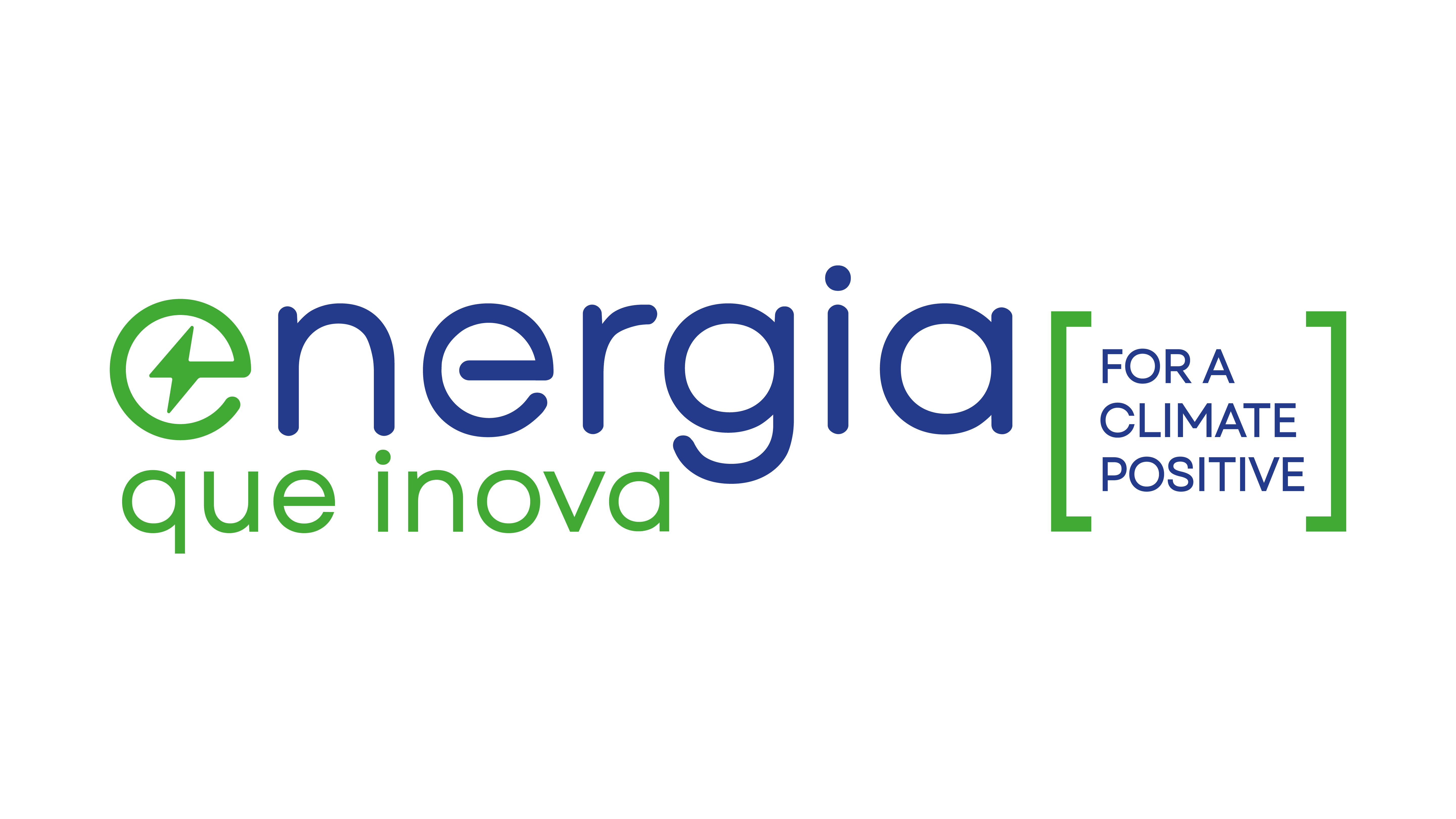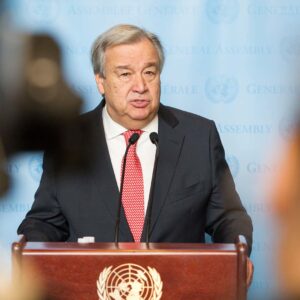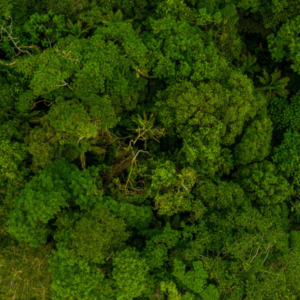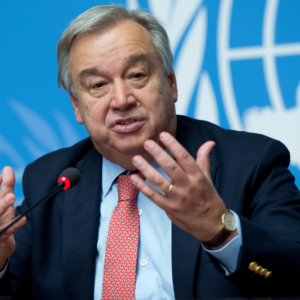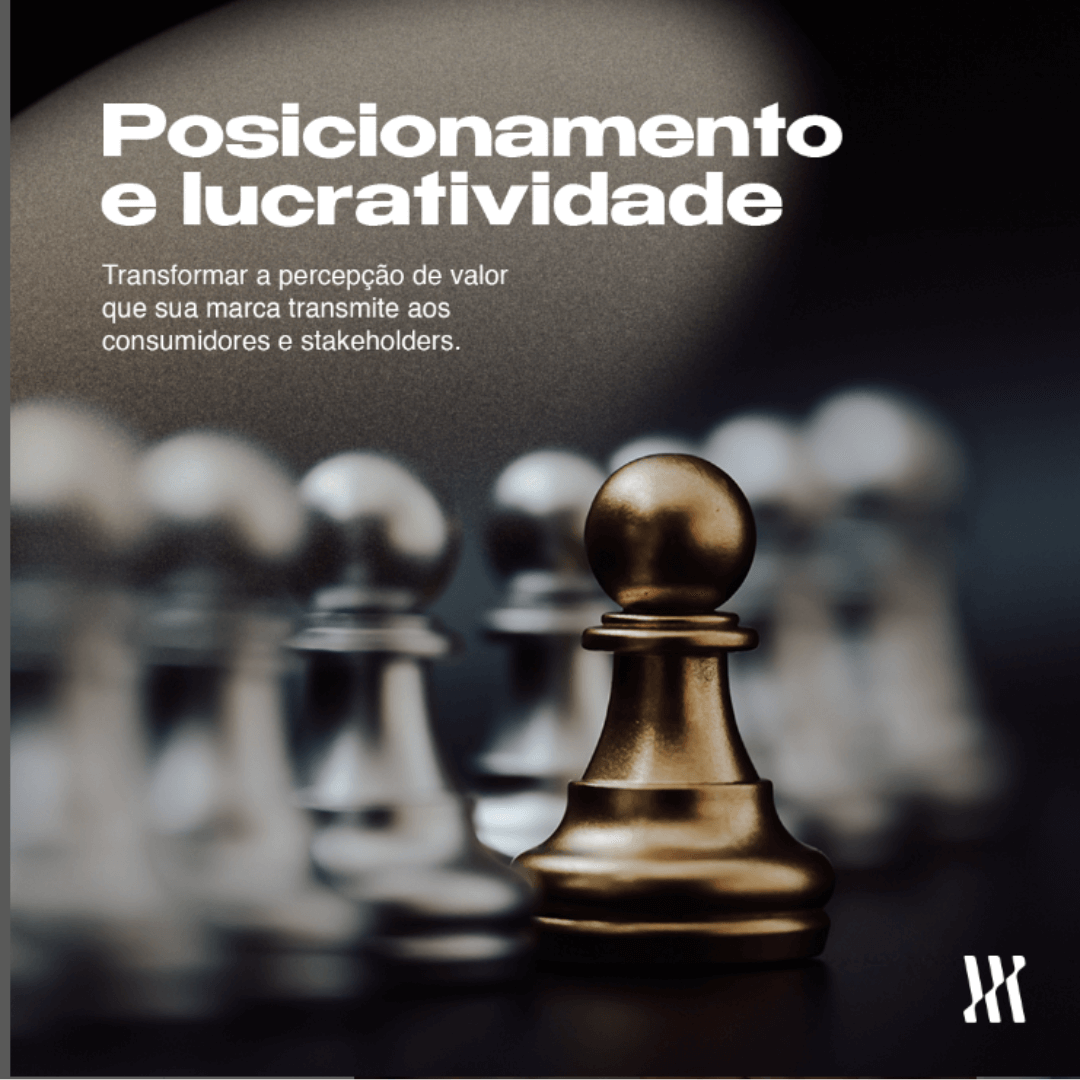The Free Energy Market (MLE) works as an environment in which consumers can make free choice with energy suppliers. Within a portfolio of several products, the customer may have access and the right to portability in the electricity bill system. There is a clear negotiation process between consumers and suppliers, explains Abraceel (Brazilian Association of Energy Traders). Still according to data from Abraceel (Brazilian Association of Energy Traders) in 80% of the energy that is consumed within the country comes from the system managed by the Free Energy Market (MLE).
The market is driven by consumers' interest in accessing quality energy at lower costs. The Free Energy Market (MLE) enables free choice, predictability, flexibility and competitiveness. In this system, the consumer can predict energy consumption. In addition, contracting strategies, operation of purchase systems and negotiation of rates and values can be defined.
There is an important integration with the traditional market, which operates in the so-called Regular Contracting Environment (ACR). The process makes the market very competitive, which has an impact on how the price reduction and offer can be applied to commercial partners. The issue of supply affects contracts, free consumers and assumes an idea of predictability, when there is not much variation in prices in relation to what is practiced in the market. Another important point is the adjustments to the so-called captive market, which falls within the scope of tariff flags, especially in a context of interest rate hikes.
Changes in the Free Energy Market (MLE) in Brazil
The regulatory process of the Free Energy Market (MLE) in Brazil works through regulation by the Ministry of Mines and Energy (MME) through Ordinance No. 50 of 2022. The Ordinance guarantees the operation of the system so that any consumer in the market high-voltage companies seeking to buy electricity. The Ordinance amends Law No. 9,427 of 1996.
Another important point of Ordinance No. 50 of 2022 is that consumers classified in Group A can choose to purchase electricity from any concessionaire authorized by the National Interconnected System. These changes indicate several changes to the purchase and sale migration processes within the Free Energy Market (MLE).
Points to be discussed include, in addition to large consumers, those who purchase and sell contracts through the wholesale system. In this model, the person responsible for managing the Free Energy Market (MLE) is the Electric Energy Trading Chamber (CCEE). Among the demands, there is the need for questions for commercial suitability.
In the retail purchase system, contracts are signed directly with companies that generate electricity, including the National Electric Energy Agency (Aneel). These issues are also managed by the Electric Energy Trading Chamber (CCEE). The procedures include maintenance in the retail system or migration to the wholesaler.
There is the possibility of negotiation with the value applied to the electric energy, especially when the demand is freely given. In addition to reducing input costs, it is possible to verify how self-producers register their products and promote commercial agreements.
Data on the Free Energy Market (MLE)
The Free Energy Market (MLE) is expanding throughout Brazil, which reveals the importance for the growth and development of the energy issue. Abraceel (Brazilian Association of Energy Traders) made data available for August 2022, showing 28,926 UC (Consumer Units). In 2022, the Free Energy Market (MLE) ended the year with 29,549 thousand consumer units, the values jump from 2,915 med MW against 2,428 med MW. As for the 2023 scenario, there has been, so far, an increase of 20% compared to previous years, because there is still a forecast for expansion of these values.
